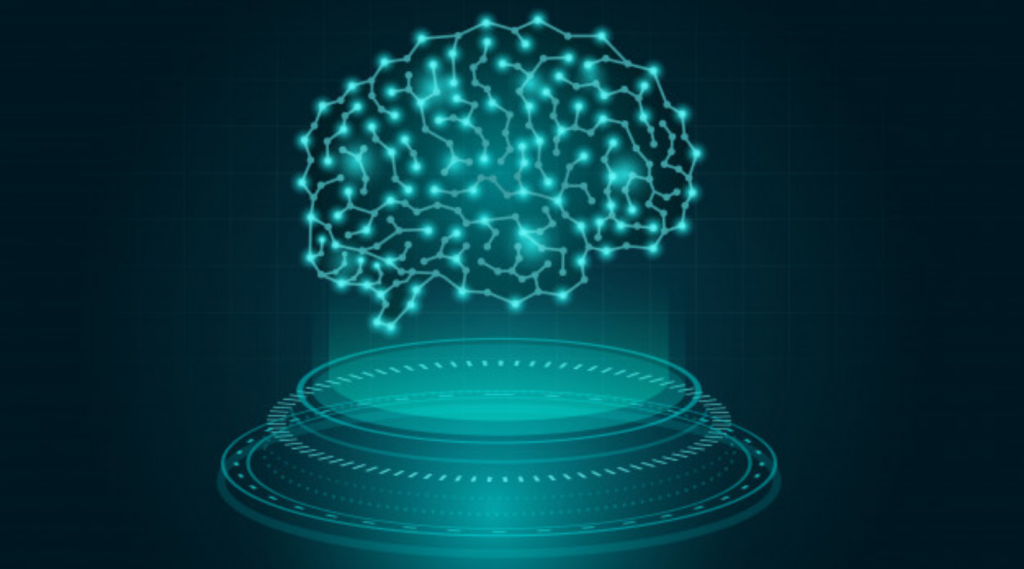ELECTROENCEPHALOGRAPHY
EEG measures brain activity and uncovers the cognitive processes that drive human behaviour.
WHAT IS EEG?
Electroencephalography (EEG), records electrical activity within the brain using electrodes placed on the surface of the scalp.
Using EEG in marketing, you can understand how the brain works by measuring the cognitive processes behind our behaviour.

WHY USE EEG?
From language and visual processing, to executive function and memory encoding, EEG data can tell us so much about complex concepts like how alert, motivated, or engaged we are, or even how difficult a task is to perform.
ATTENTION
The cognitive process of selecting certain aspects of the environment while ignoring others. It allows us to filter out distractions and prioritise relevant important information.
COGNITIVE LOAD
The amount of effort or "work" that is required to perform a task or process information. It measures the demands on a person's cognitive resources, such as working memory, attention, and problem-solving abilities.
MOTIVATION
A measure of the Approach/Avoidance tendencies of people towards an experience or piece of information. Does the person 'Want' what they are experience or would they prefer to 'Avoid' it entirely?
MEMORISATION
The process of encoding, storing, and recalling information in memory. During memorisation, brain networks are activated, and these changes in activity can be measured using EEG.
HOW EEG WORKS
Electroencephalography records electrical activity using electrodes placed on the surface of the scalp & outputs this electrical activity as a series of underlying brain waves.
Measuring electrical activity from the brain reflects how the neurons in the brain communicate with each other via electrical impulses, and how they are associated with cognitive processes such as drowsiness/alertness, wakeful relaxation, and approach or avoidance.
EEG an ideal tool to understand the moment-to-moment cognitive & emotional processing that dictates behaviour.
FAQ
Here you can find some of the questions we are asked about EEG on a regular basis.
If you have questions you cannot find here, or elsewhere on our website, please contact us by clicking on the button below.
Electroencephalography (EEG) records the electrical activity of the brain using electrodes placed on the surface of the scalp. This activity can be seen in waves of different frequencies, depending on the location and task at hand.
When neurons in the brain communicate with each other, they generate tiny electrical signals that can be detected by the electrodes. These signals, known as brain waves, are then amplified and recorded by an EEG machine. The EEG machine displays the brain waves as a series of lines on a graph called a brain wave trace or an EEG trace.
The brain’s electrical activity is organized into different frequency bands, each of which is associated with different mental states and functions. For example, alpha waves are associated with relaxation and are often seen when a person is in a awake but resting state, while beta waves are associated with active thinking and are often seen when a person is engaged in a task.
EEG is a noninvasive technique that is widely used in research and clinical settings to study the brain and its functions. It can be used to diagnose brain disorders, such as epilepsy, and to monitor brain function during surgery. It is also used in the fields of psychology and neuroscience to study brain development, cognition, and behavior.
The answer to this question depends on what you would like to understand?
Typically the duration of all EEG tests are dictated by the task at hand.
EEG ARTICLES

The Importance of Emotion
Where do your emotions come from? What part do they play in your daily life? If I was to ask you to describe how you’re feeling at a given moment in time, could you?

Introduction To Neuromarketing
In this piece, we break down any seemingly complicated barriers that exist in the field and present tangible examples relating to areas of application.









